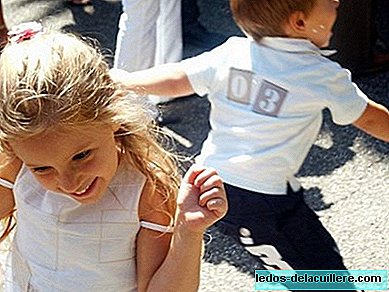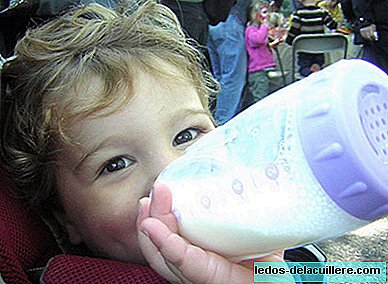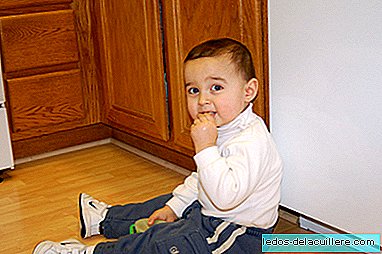
Parents can read in many places that the most advisable thing is that we take into account the needs of our children and help meet them, so that they grow protected (not overprotected), autonomous and happy.
The fact is that satisfying the needs of our children is sometimes a bit ambiguous and some professionals have realized that, even in developed countries, many children grow up without their basic needs being met.
To try to avoid this, Thomas Brazelton, one of the most prestigious pediatricians in America, wrote in 2005 a book with Stanley Greenspan, a renowned child psychiatrist, who wanted to capture the seven basic and irreducible needs of children, which are what we are going to comment next.
The book is titled “The basic needs of childhood: everything that every child needs to grow, learn and live”. Each need is equivalent to a chapter, so what you can read here is nothing more than a summary of the seven needs.
1. Need to have stable emotional relationships
The children they need to feel loved and feel constantly cared for. Humans are emotional beings, especially when we are young. The authors comment that it is thanks to the emotions that children get to learn to reason and solve problems, so feeling loved is essential to develop emotionally and intellectually.
According to Brazelton, "We cannot experience emotions that we have never had and we will not know the experience of consistency and intimacy of stable love unless we have had this experience with someone in our life", which is something like children who grow up feeling loved, respected and understood are more capable when they are adults to love, respect and understand others.
2. Physical protection and security
The children they need an environment that provides protection from physical and psychological damage. Excessive exposure of children to television, with often inadequate content, and pollution of water and air threaten children. The authors also talk about high levels of child abuse and that many parents use drugs, alcohol and tobacco, even knowing that it is harmful to their children.
3. Experiences according to individual needs
Each child has a unique character and temperament. Each child is an individual being that should be treated that way.. Adapting the experiences to the individual nature of each child avoids learning and behavior problems and allows each child to develop their potential. That is why it is recommended that people who educate children keep in mind that standardized systems (such as regulated school education, at least so far) should be more flexible and that parents should avoid comparing our children to each other and compare them with other children, avoid labels and don't think about what "should be" or "we would like it to be".
4. Experiences appropriate to the level of development
The children they need care according to the stage of development in which they are. If our expectations do not match what our children are capable of doing, we can hamper their development. With this they want to tell us, among other things, that children have to have time to play and to spend it with us.
It cannot be that a 5-year-old child has to spend mid-afternoon doing homework or exercises, nor is it realistic that a 4-year-old child spend an hour training football (or whatever sport) following the coach's continuous instructions, to put Some examples.
Many parents want that, children training and improving, studying and memorizing, when the reality is that at an early age they get bored, get tired and can end up even hating something they should theoretically love: sports and learning.
5. Set limits, structure and expectations
As social beings that they will be, living within a society, children have to know the social norms. The authors flee physical punishment, which they do not accept as a method to teach discipline: "Discipline means teaching, not punishing."
Parents who show patience and concern for their children's concerns are teaching what empathy is. The authors are aware that parents who work a lot have little time to teach their children norms and values, so they recommend that before education an approach occurs, something like establishing a daily routine of spending time with the children just arrive. At that time, spending time together, they can start growing together.
They also comment that it is wrong to think that respecting children's individual differences is bad, as many people think. When families take into account the differences of development of each member, when they respect those differences, they are better able to contribute ideas and reasoning about the consequences that certain acts can have and everyone participates in the creation and establishment of the norms (to put an example, it can be absurd to tell a 6-year-old boy that he has to go to bed at eight because his two-year-old brother goes to bed at that time).
6. Stable communities and cultural continuity
In this chapter, parents are called upon to become involved with society, to assume a more important role in school and community government. That parents and teachers work together and do not compete.
Children need to grow up in a stable community where there is a continuity of family values, group of friends and culture. They also need to realize that diversity is respected, so that they also respect it.
7. The protection of the future
The last need they comment on is that of protect the future of our children and not just ours, but that of all the children of the world. In the future the new generations and their families will be more interrelated, so to protect the future of our children we must protect the future of all.












